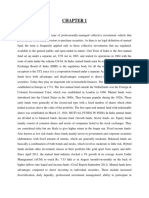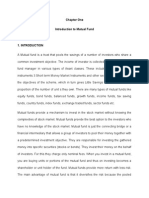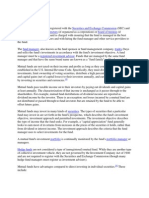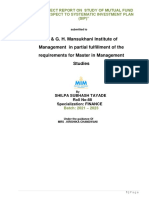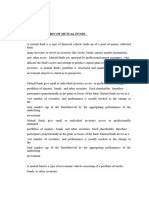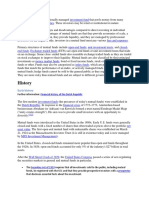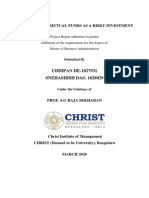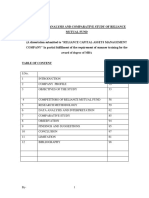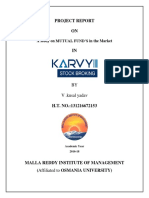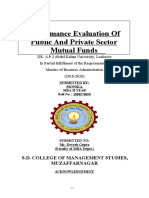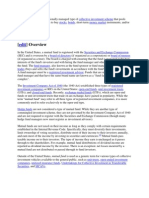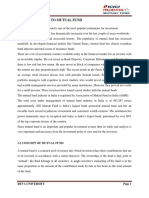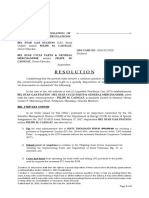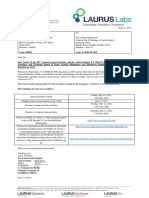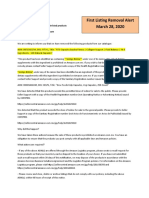0% found this document useful (0 votes)
30 views12 pagesResearch Paper
This document provides an abstract for a research paper that analyzes the performance of mutual funds and the laws and regulatory bodies that govern them. The abstract indicates that the paper thoroughly reviews mutual funds, including their concept, structure, types, and history. It also discusses the importance of mutual funds to the financial industry and covers their advantages as well as obstacles. Key topics examined in the paper include the roles of mutual funds, their historical development, different types of mutual funds, evaluating mutual fund performance, and regulations surrounding mutual funds.
Uploaded by
priyanshu10029Copyright
© © All Rights Reserved
We take content rights seriously. If you suspect this is your content, claim it here.
Available Formats
Download as DOCX, PDF, TXT or read online on Scribd
0% found this document useful (0 votes)
30 views12 pagesResearch Paper
This document provides an abstract for a research paper that analyzes the performance of mutual funds and the laws and regulatory bodies that govern them. The abstract indicates that the paper thoroughly reviews mutual funds, including their concept, structure, types, and history. It also discusses the importance of mutual funds to the financial industry and covers their advantages as well as obstacles. Key topics examined in the paper include the roles of mutual funds, their historical development, different types of mutual funds, evaluating mutual fund performance, and regulations surrounding mutual funds.
Uploaded by
priyanshu10029Copyright
© © All Rights Reserved
We take content rights seriously. If you suspect this is your content, claim it here.
Available Formats
Download as DOCX, PDF, TXT or read online on Scribd
/ 12














